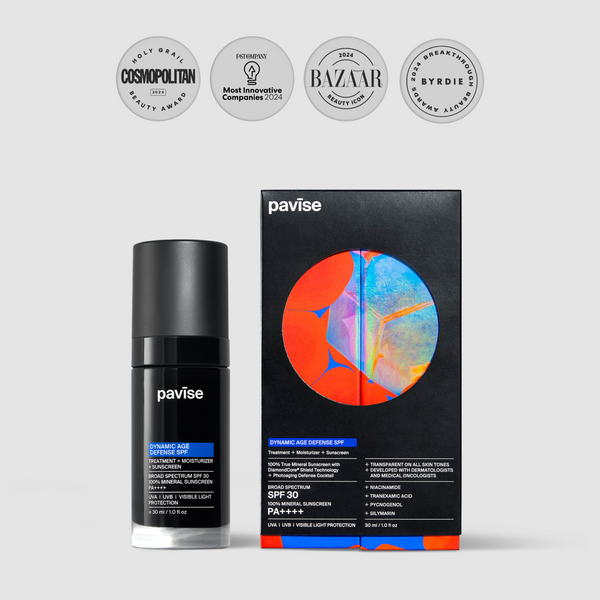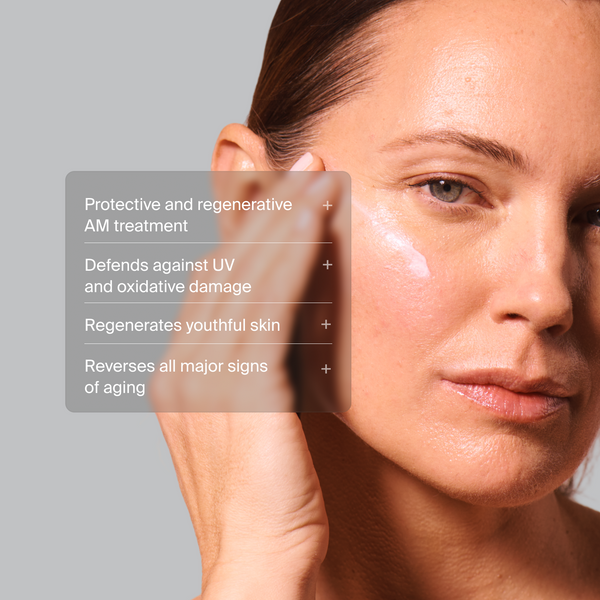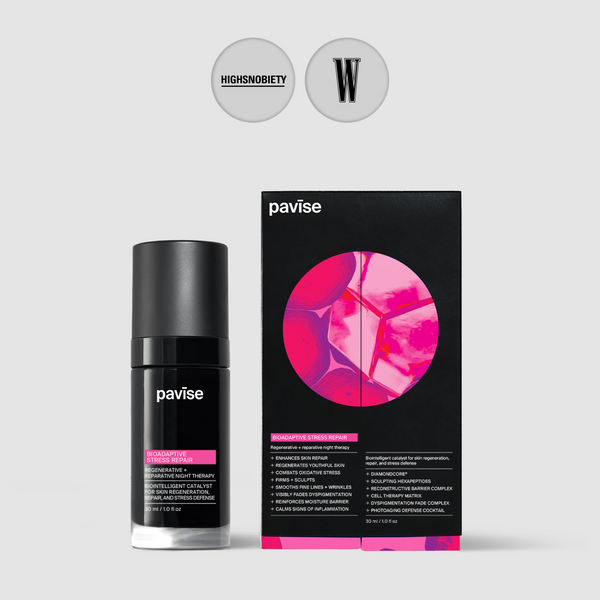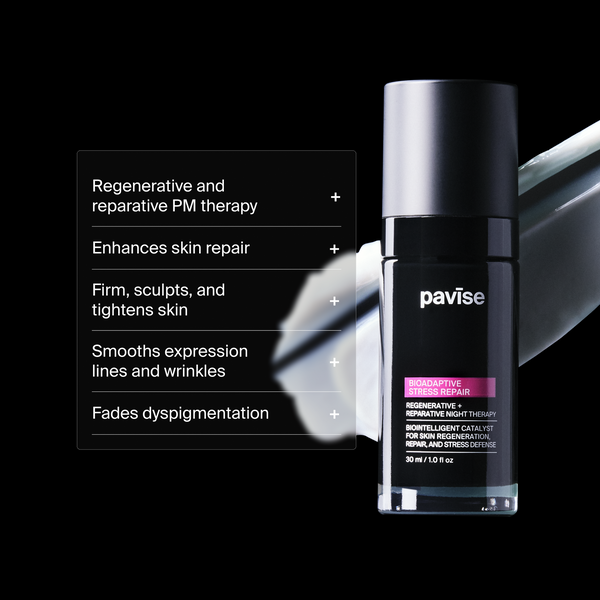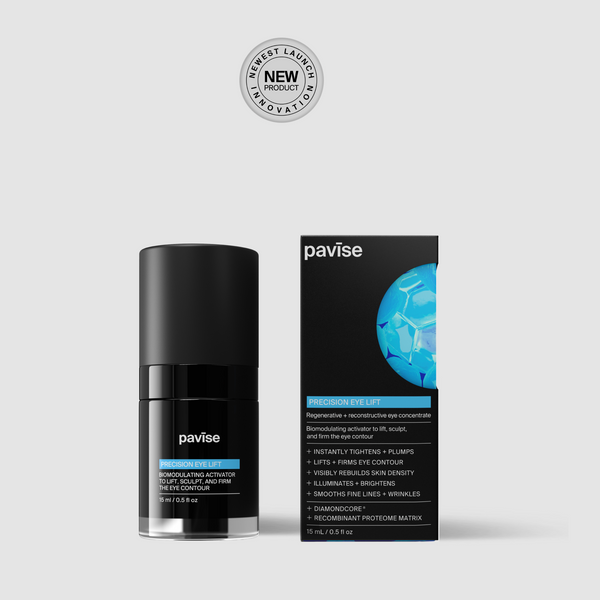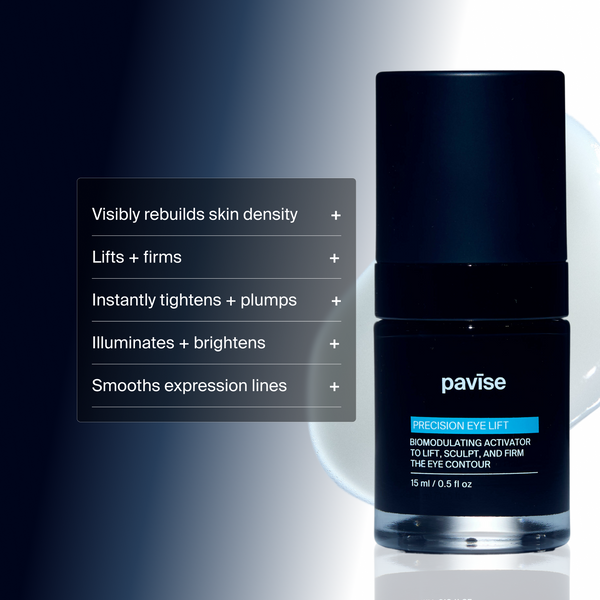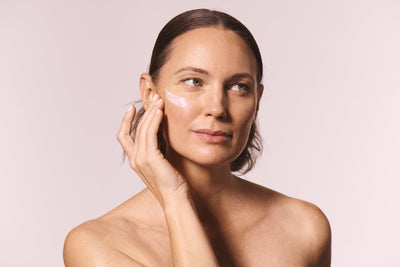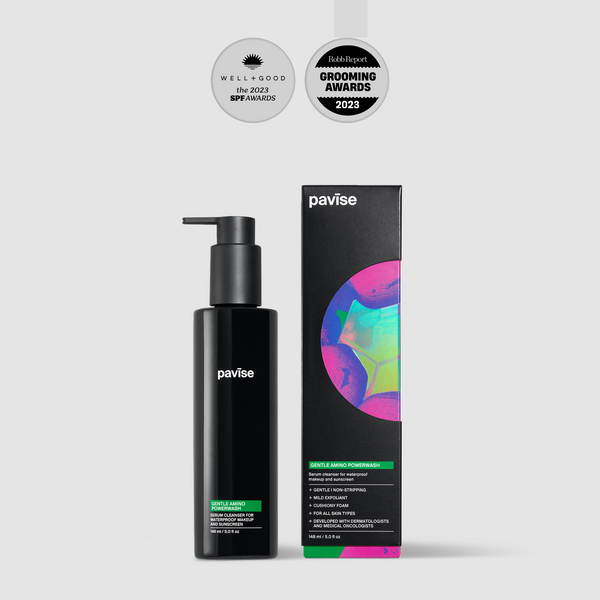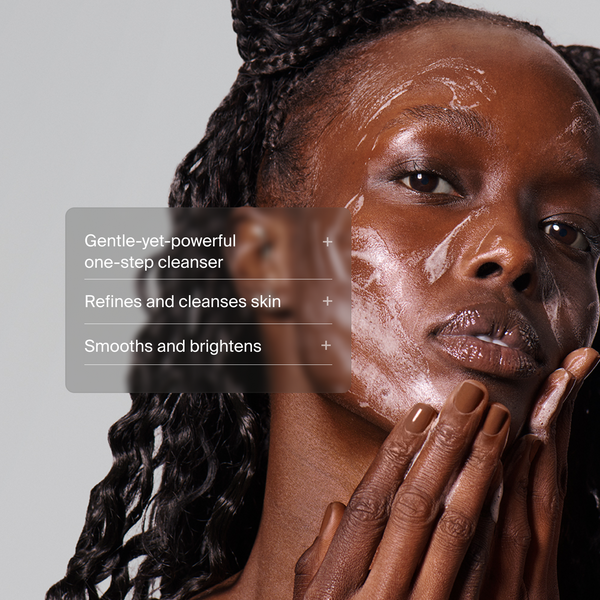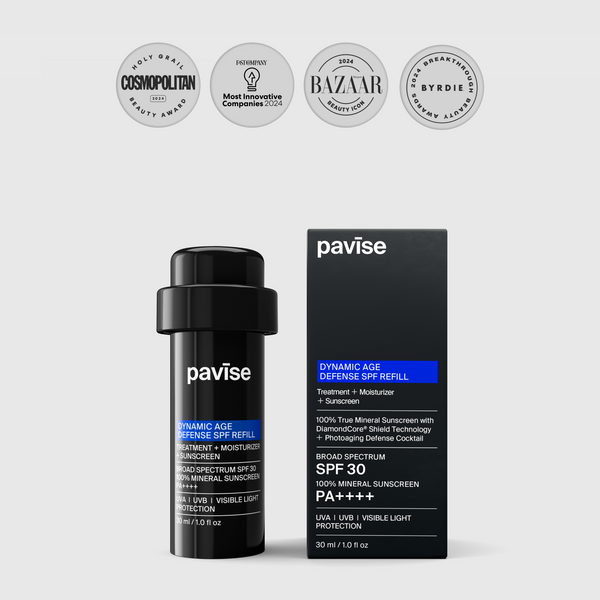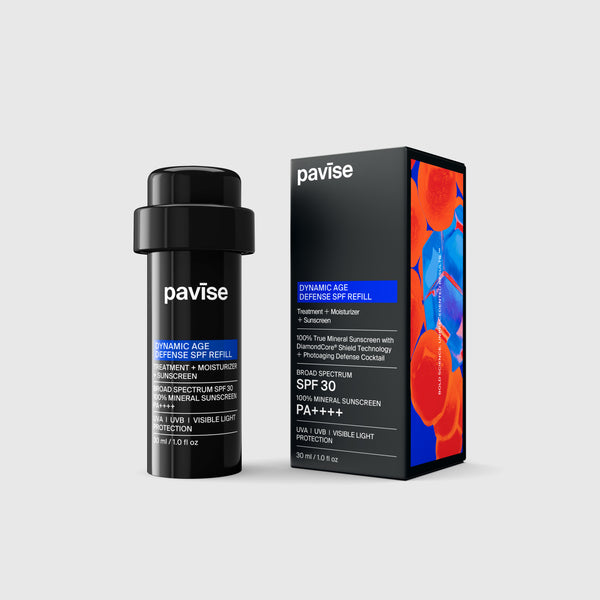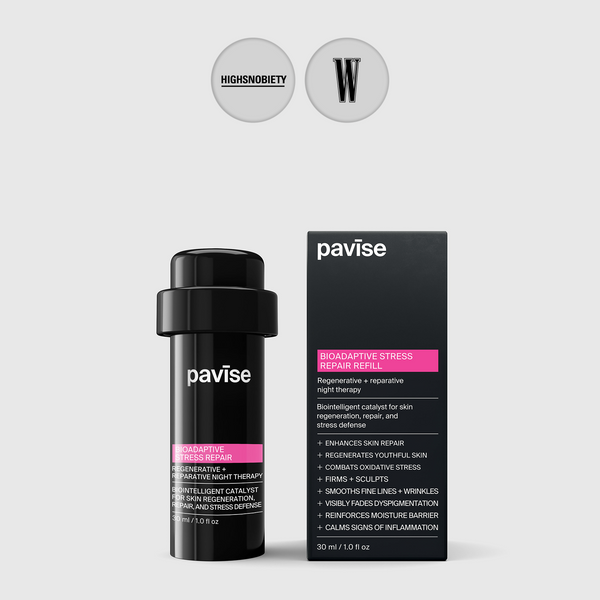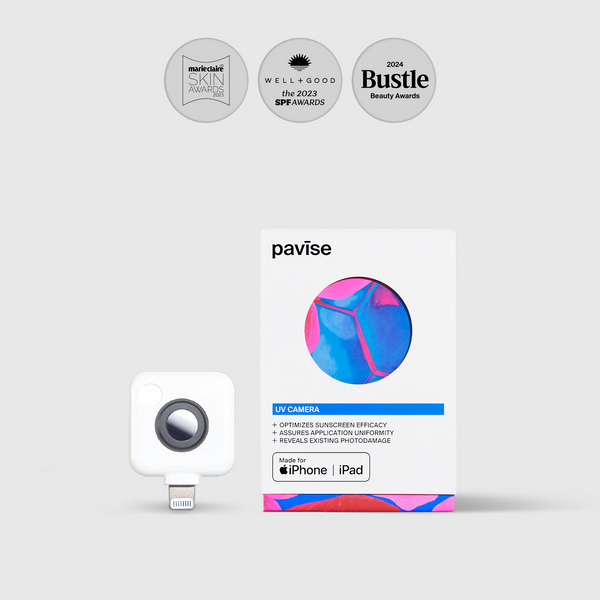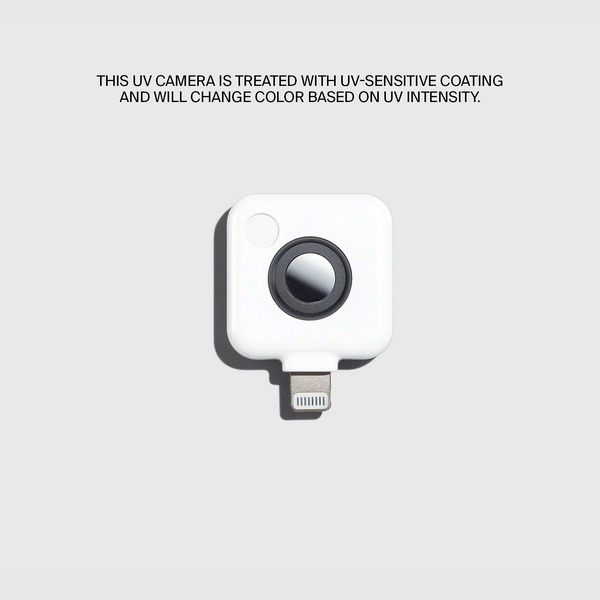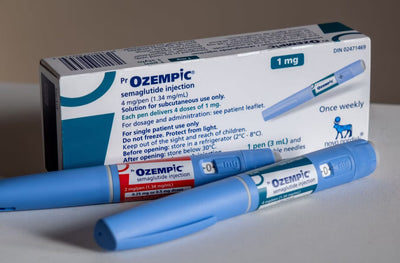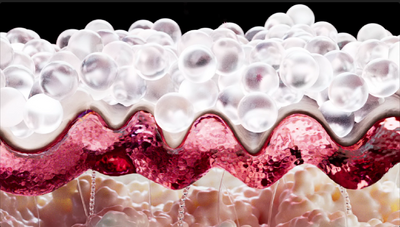SELF-DIAGNOSIS: NEGATIVE SKIN REACTIONS TO NEW PRODUCTS AND WHAT TO DO

Signs and symptoms of contact dermatitis or irritation
You’ve started using a new skincare product. Maybe it’s been two days, maybe it’s been a month, but you can tell your skin isn’t happy.
If you notice dryness, flaking, burning, tender or painful skin, raised lesions or bumps that are not acne, blistering and/or itchiness, you might be experiencing contact dermatitis.1,2 Contact dermatitis is an inflammatory response that is caused by your skin’s immune response to certain stimuli. Certain ingredients or products might actually have toxic effects that are impairing the integrity of your skin cells (irritants), or your skin might be hypersensitive to certain chemical compounds (allergens).2,3 Both possibilities are considered contact dermatitis and are worth investigating. Are you irritated or allergic?
| Irritant contact dermatitis | Allergic contact dermatitis | |
| What it feels like | More often associated with burning and stinging, which can turn into itching over time | More often associated with itching, which can become painful as erosions appear |
| What it looks like | Red/purple, broken, fissured, rough, dry, flaky, and/or scaling skin | Collection of papules (small bumps) that are red/purple, may become crusty or oozing erosions over time |
| When it appears | Usually within a few hours, but depends on the concentration of the irritant—may take longer to appear | Often takes longer to appear, after repeated exposure, can take days or weeks |
| What makes it more likely | Dependent on concentration of irritant and the state of the skin barrier; occurs only above a threshold level | Relatively independent of the concentration applied, usually very low concentrations are sufficient |
| How common it is | May occur in anyone, depends on how strong of an irritant it is | Only occurs in those that are hypersensitive to that ingredient |
How to pinpoint the cause
If what you’re experiencing is allergic contact dermatitis, it’s best to just discontinue use of the product in question. If this is something that has happened before with a different product, it might be helpful to look for common ingredients between the two formulas and look out for those specific ingredients in the future.
If you suspect you’re experiencing irritant contact dermatitis, you might be using a product that just doesn’t work for you. It’s possible, however, that changing how you use the product may help you better reap the benefits of the product without irritation. Lots of beneficial ingredients can cause irritation if not used properly, but can result in healthier, more radiant, better protected skin if used properly. One great example of this is niacinamide (Vitamin B3), which can be found in Pavise Dynamic Age Defense SPF and Gentle Amino Powerwash Cleanser. At lower concentrations (<10%) niacinamide is a humectant, antioxidant, and hyperpigmentation inhibitor, but higher concentrations can be irritating. If you’re sensitive to higher concentrations of niacinamide but still wish to benefit from its properties, it may be important for you to monitor the total niacinamide percentage across the products in your skincare routine and make sure that it doesn’t exceed ~10%.
- Look at your existing routine
- Are you using any exfoliants, acids, retinols, or tretinoin?
- These ingredients often increase skin cell turnover, disrupting your normal skin barrier. This can make you more susceptible to irritation from ingredients that typically wouldn’t cause any problems for you.
- Pair any ingredients that increase cell turnover with barrier-repairing products and ingredients to mitigate this risk. Be careful of using high concentrations of these ingredients or of using them too frequently.
- Do your products have overlapping ingredients?
- Like our niacinamide example above, multiple products with overlapping ingredients can sometimes increase the total concentration of that ingredient on your skin, past its threshold for irritation.
- Discontinue or cycle use of products with ingredient concentrations that cross these thresholds.
- Certain ingredient combinations don’t mix well or should be used together with caution depending on your skin type.
- Retinols + vitamin C, BHA/AHAs
- Benzoyl peroxide + retinols, vitamin C, kojic acid
- Avobenzone + zinc oxide, titanium dioxide (these paired together deactivate their UV-protective abilities)
- If you’re using different products that combine these common mispairings, it may be worth revising your routine.
- Use frequency
- How often you’re using a product can determine how irritating or beneficial the product is. Using products that contain AHAs/BHAs every day for example, can compromise your skin’s moisture barrier and make you more susceptible to irritation.
- It’s always best to start out slow with new products. Pavise recommends always patch testing new products before starting use. Start by using products just 1-2x/week and increase frequency slowly if you’re aiming for daily use. Observe your skin closely, and monitor for any inflammation, irritation, or changes in texture.
- What time of day are you using products?
- Certain ingredients are more likely to sensitize skin if they’re applied before exposure to sunlight. Retinols are a great example of this. Applying retinols, AHA/BHAs, benzoyl peroxide, or similar ingredients in the morning increases skin sensitivity to UV radiation.
- You might also find that applying additional products on top of products that contain these types of ingredients may increase your likelihood to experience additional skin irritation to these layered skin products (sun + added ingredients = contact dermatitis).
Process of elimination, go low and slow
If you find that your skin barrier is chronically compromised, you experience contact dermatitis or irritation often, your skin is often red, and/or you have dry skin, it might be worth it to eliminate all superfluous products from your routine and start from scratch.1,2 Start with a basic, gentle cleanser, a moisturizer, and a sunscreen (our personal favorite is Dynamic Age Defense SPF).
Once your skin barrier is more restored and calmed, add back in products one-by-one and introduce them slowly, using them just 1-2x/week. Gradually increase their frequency as desired. This makes it much easier to identify exactly which products might be causing allergic or irritant contact dermatitis and pinpoint exactly what product or routine behavior might be causing the issue. Prioritize moisturization, hydration, skin barrier and sun protection first.
References:
- Litchman, Graham. “Contact Dermatitis - StatPearls - NCBI Bookshelf.” National Institutes of Health, National Institutes of Health, 9 Feb. 2023, https://www.ncbi.nlm.nih.gov/books/NBK459230/.
- Liji, Dr., MD, Thomas. “Irritant vs Allergic Contact Dermatitis.” News Medical, News Medical, 26 Feb. 2019, https://www.news-medical.net/health/Irritant-vs-Allergic-Contact-Dermatitis.aspx.
- Novak-Bilić, Gaby. “IRRITANT AND ALLERGIC CONTACT DERMATITIS – SKIN LESION CHARACTERISTICS.” National Institutes of Health, National Institutes of Health, 20 Dec. 2022, https://www.ncbi.nlm.nih.gov/pmc/articles/PMC6544100/.
By Claudia Teng - Updated April 25, 2023
